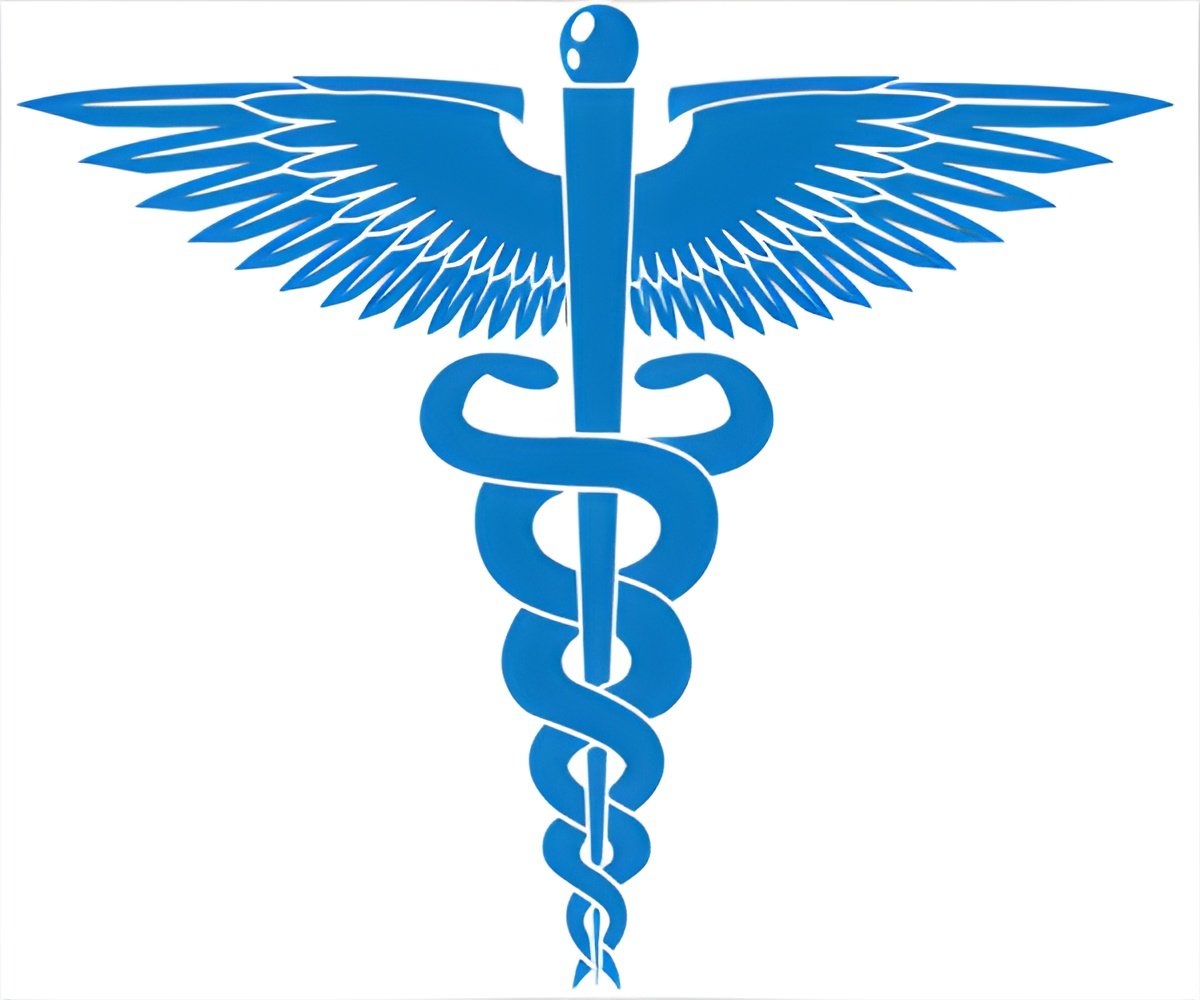Opening onsite health clinics to provide comprehensive primary care to teachers and their families can lower a school district's health care costs and decrease teacher absenteeism.

Employers have been increasing their investment in worksite health clinics. Among employers with 1,000 or more workers, the prevalence of such clinics has increased from about 16 percent in 2009 to 23 percent in 2016. Relatively few studies have examined the impact of worksite health clinics, although other types of workplace health interventions such as smoking cessation have been studied extensively. Previous studies have not found a strong link between worksite health clinics and overall lower health costs. The RAND study examined the experiences of Metro Nashville Public Schools, a large district that includes 120 schools and about 6,000 teachers. The district worked with an academic medical center to establish five school-based clinics in 2009 to improve teacher access to care.
The system was designed so that every teacher can reach a worksite clinic within a 15-minute drive from the school where they work. The worksite clinics are staffed by family nurse practitioners and provide primary medical care for all teachers and their dependents. RAND researchers analyzed a variety of measures about teachers from 2007 to 2015, including their health care usage, absenteeism and their self-reported health status. The study found that teachers who used the school-based clinics as the source of primary care instead of a community based health provider had significantly fewer inpatient admissions (31 versus 53 per 1,000 teacher years) and fewer primary care visits (1,637 versus 2,756 per 1,000 teacher years).
Using a school-based clinic for primary medical care drove down per person annual total health care costs by $745 ($4,298 versus $5,043). The primary drivers of the decline were lower hospital inpatient costs ($417 versus $776 ), hospital outpatient costs ($707 versus $873) and prescription costs ($1,320 versus $1,422). Researchers say the finding was not statistically significant. In addition, teachers who used the school-based clinics reported no more improvement in their health status than teachers who did not use the clinics.
Researchers also examined student test scores for a subset of the teachers in the study to see whether a lower absenteeism rate was linked to greater student achievement. But that analysis showed no difference between the teachers who used the school-based clinics as the source of primary care and teachers who received their health care elsewhere.
Source-Eurekalert












